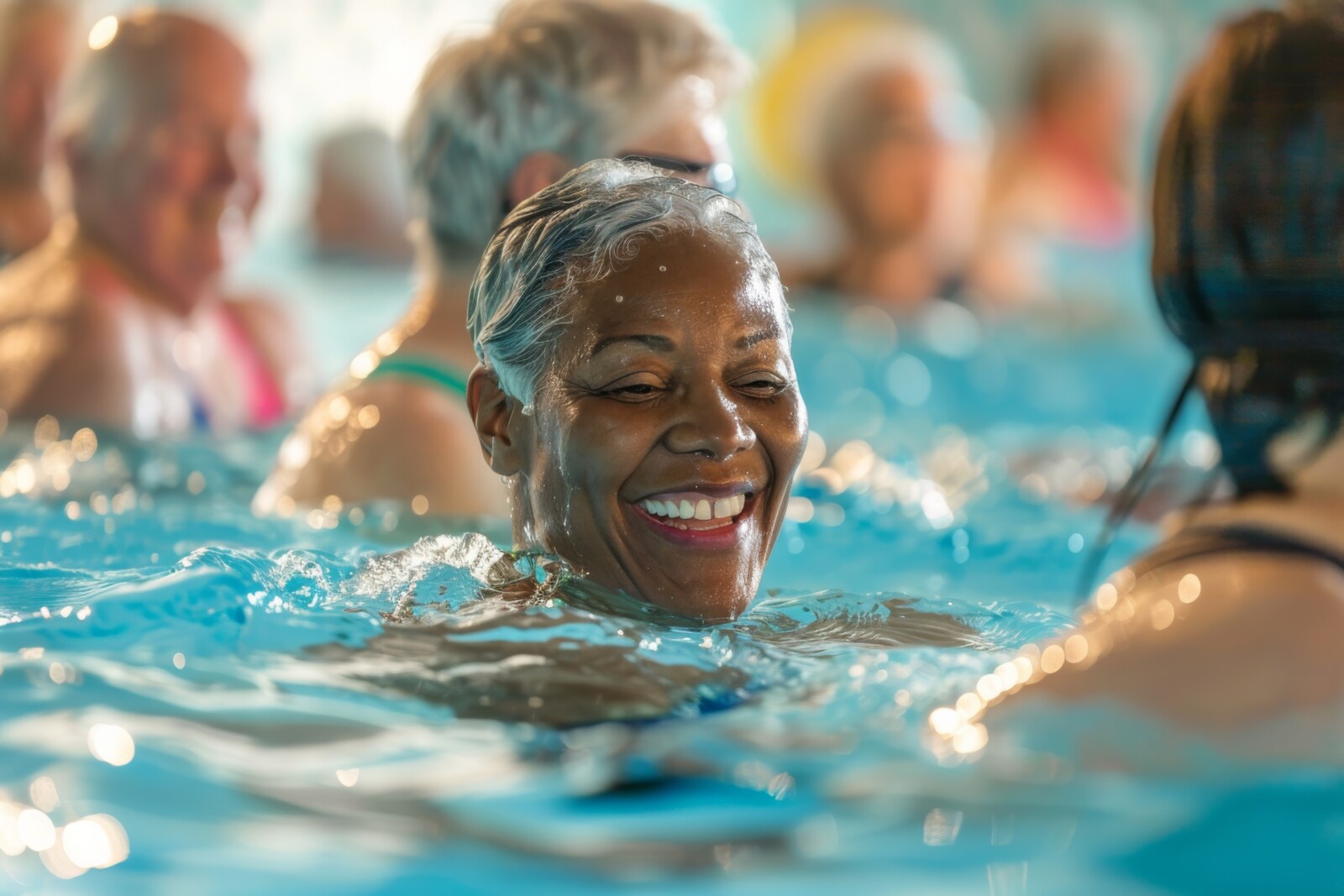As we transition into retirement, it’s normal to notice that our bodies don’t move quite as easily or quickly as they once did. However, that doesn’t mean we should stop moving altogether!
Regular exercise is one of the best ways to maintain health, energy, and independence during retirement. Whether you’ve been active for years or are just getting started, staying physically active in your 60s, 70s, and beyond provides countless benefits.
The Benefits of Exercise for Older Adults
It goes without saying that exercise benefits almost everyone. For younger adults, the benefits are usually classed as cosmetic, as well as health-based, but for older adults, they can have even more of an impact.
Exercise and continuing to stay physically active isn’t just a good idea, it’s essential.

Prevents Bone and Muscle Loss
As we age, muscle and bone density decline, increasing the risk of falls. Strength training and weight-bearing exercises like walking or yoga help slow this process, keeping muscles strong and bones healthy to maintain mobility and independence.
Reduces the Risk of Health Issues
Regular exercise lowers the risk of age-related conditions like heart disease, diabetes, strokes, and dementia. Activities such as walking, swimming, or cycling improve heart health, boost brain function, and reduce the risk of cognitive decline.
Helps Prevent Falls
Exercise strengthens balance, coordination, and muscle control, reducing the risk of falls. Activities like yoga, Pilates, and leg exercises help you stay steady and recover faster if a fall occurs.
Boosts Mood and Mental Health
Exercise releases endorphins, reducing feelings of depression and anxiety. Studies show physical activity can be as effective as medication for managing mild depression, while also improving sleep, reducing stress, and enhancing overall well-being.
Increases Energy Levels
Regular physical activity boosts circulation and strengthens your heart and lungs, giving you more energy to enjoy your favorite activities, from spending time with family to pursuing hobbies.
Getting Started: Exercises for Adults 65+

If you’ve never exercised before or it’s been a while, it’s never too late to start. You don’t need to run marathons or lift heavy weights to see benefits. Instead, focus on low-impact exercises that improve flexibility, strength, and balance. Here are some of the best options for older adults:
Yoga: Yoga combines gentle stretches with breathing exercises to improve flexibility, balance, and relaxation. It’s a great option for enhancing mobility and reducing stiffness.
Pilates: This form of exercise focuses on core strength, stability, and balance. It’s especially beneficial for improving posture and muscle control.
Strength Training: Using light weights or resistance bands can help build muscle strength and bone density. Even simple exercises like squats, wall push-ups, or bicep curls can make a difference.
Swimming or Water Aerobics: Water-based exercises are easy on the joints and great for cardiovascular health. Swimming laps or joining a water aerobics class can improve your endurance and strength without putting strain on your body.
Walking: One of the simplest and most effective exercises is walking. Whether you prefer a brisk walk around the block or a leisurely stroll through the park, walking boosts heart health, improves circulation, and strengthens your legs.
Retirement is the perfect time to focus on your health and well-being. Whether you’re new to exercise or a seasoned pro, staying active can help you maintain your independence, improve your mood, and increase your overall quality of life. So lace up your sneakers, grab your yoga mat, or head to the pool—your body and mind will thank you!
Remember, it’s never too late to start reaping the rewards of a more active lifestyle.
A Final Note: Consult with Your Doctor
Before starting any new exercise routine, it’s important to talk with your doctor, especially if you have any pre-existing health conditions. Your doctor can help you determine which exercises are safe and appropriate for your current fitness level and offer guidance on how to get started.
